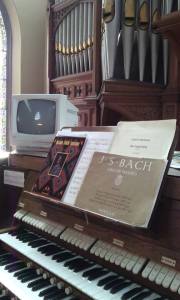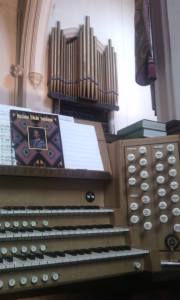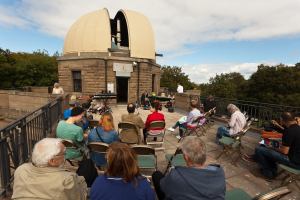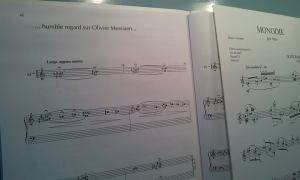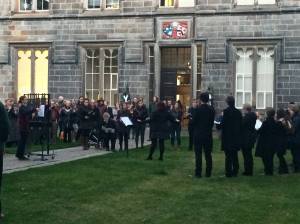Of several new musical friendships made in the past few years, perhaps the most unforeseeable is with organist-composer Godwin Sadoh whose “Nigerian Organ Symphony” I played in its Scottish premiere a year past July in Dundee Congregational Church, repeating it the next month in St Andrew’s Episcopal Cathedral Aberdeen. I first saw a film of Godwin playing the Finale of the Symphony on Facebook, and struck by its originality, asked him if there was film of the rest. Having heard the whole, I bought the score and set about learning the 4 movement piece which places certain Yoruba musical idioms in a framework suggestive of the early organ symphonies of Widor or Vierne (a combination reminiscent of certain works by Ronald Stevenson eg his “Ghanaian Suite” for piano). The symphony is an immediately attractive piece, characterised by sincerity,clarity and a good sense of proportion. I hope to play it again in 2016. Additionally, in October 2014, I had the honour of playing the World Premiere of Godwin’s “3 Studies on Atonality” for piano at a piano recital hosted by Tayside Organists Society in Dundee University Chaplaincy.
Godwin is the leading representative of the fascinating Nigerian organ school which also includes such figures as Fela Sowande. Having begun his creer in Lagos, he now teaches in the USA, and in addition to the above mentioned activities, has written a number of books and articles on the ethnomusicology and musical history of Nigeria, includingtexts on a number of Nigerian composers.
